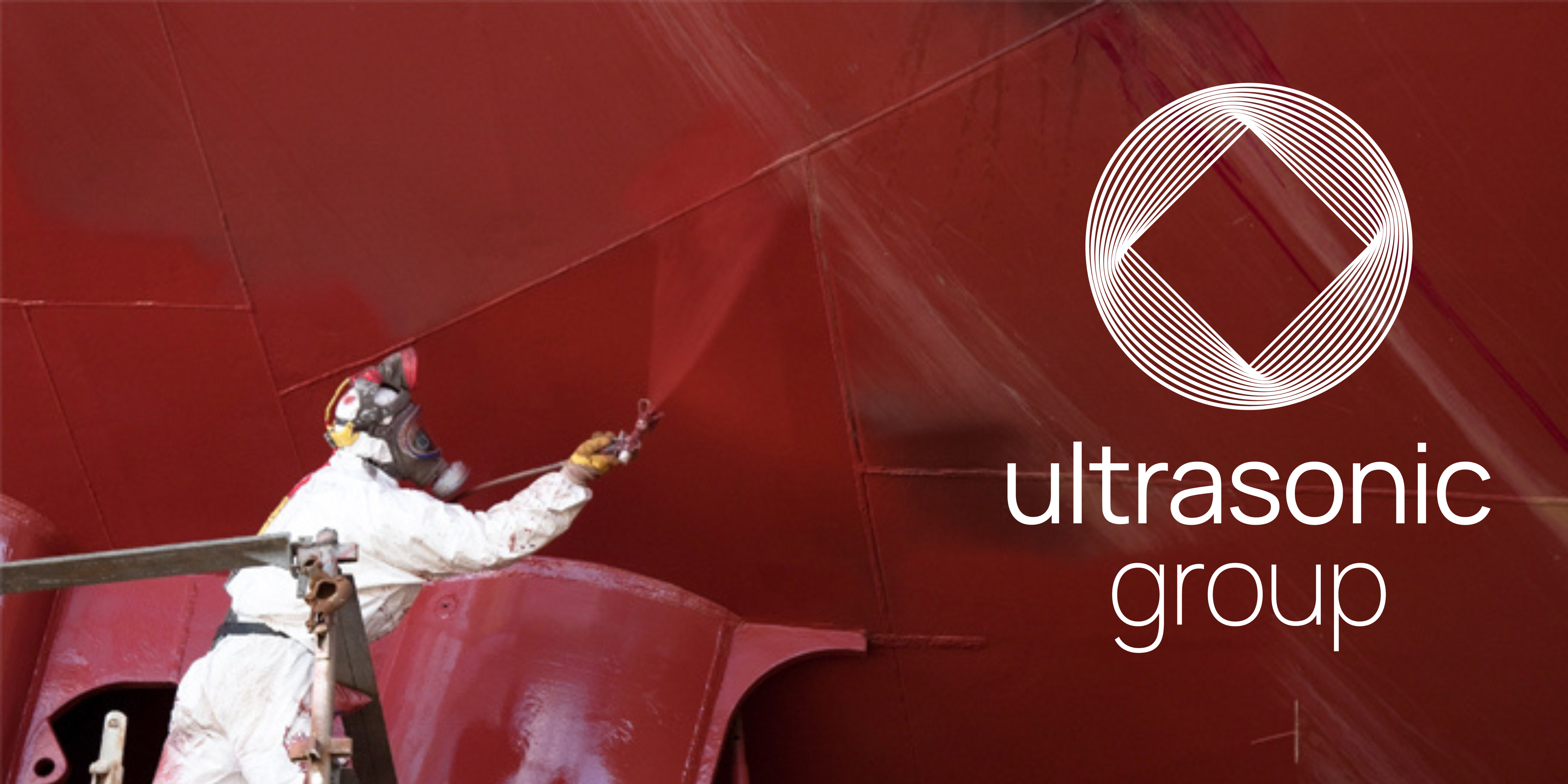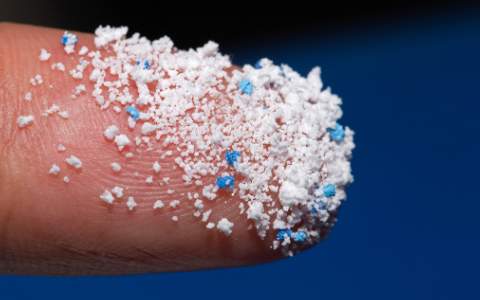Today’s oceans are full of plastic. This is mainly due to the use of plastics on land, which end up in the water via sewage and litter. However, this plastic is not the only culprit in the story. Studies have shown that antifouling on ships also has a direct impact on our marine fauna and flora.

The research took place in the German Bight, localized in the North Sea at 2.5 m water depth. Research was conducted using (Py-GC/MS), a special method whereby targeted and qualitative MP data can be displayed on the mass of polymers or their clusters.
The study finally showed that there is an excess of MP along the coast that is due to packaging waste. Moreover, different compositions were observed in central and estuarine areas. Here, “skid marks” from ships were recovered. These represent coating particles formed by: abraded chlorinated rubber, acrylic-styrene and epoxide. These particles represent a large and relevant MP share at sea.
Contrary to what is normally always quoted, namely the ratio of 80% on land and 20% at sea for MPs, paint coatings contribute to as much as 80% of particles present in the water.

It was seen that the concentrations of antifouling were high in the coastal areas, especially in the Elbe estuary. Elevated percentages of polymers were also present closer to the coastline. There are many different polymers and binders used for coatings. The effect of microplastics on humans and the environment is not yet clear. Research into this is often complex because microplastics are a diverse group of particles whose properties can also change due to weathering, biofilm formation and or binding of hydrophobic chemicals in the environment. The scientific literature describing the effects of microplastics on aquatic organisms is more extensive than that for human effects.
Uptake pathways via digestion or ventilation are often discussed, including the physical penetration of microplastic particles into cellular structures, leaching of chemical additives or absorbed persistent organic pollutants (POPs), and consequences of bacterial or viral microbiota contamination associated with microplastic uptake. After ingestion, a number of individual-level effects have been observed, including reduction in feeding activity, reduced growth and reproduction through cellular modifications, and oxidative stress.
The effects of microplastics on marine biota are under increasing scrutiny due to growing human health concerns via tropical transfer. We argue that research on the cellular interactions with microplastics provides insight into their impact on the fitness of organisms and thus their ability to maintain their functional role in the ecosystem.
Since the consequences of antifouling can be grandiose, even to sizes that we cannot imagine to this day, something has to change. There is no immediate solution; antifouling remains crucial in shipping. So the pollution will continue. However, supporting technologies can extend the life of antifouling, allowing its replacement to be postponed. This can drastically reduce pollution and limit the consequences.
Ultrasonic sound is a proven phenomenon in protecting antifouling. Through Ultrasonic Group’s unique technology, an antifouling can remain good for up to 5 years. The system can, by means of an artificial intelligence, send out the most optimal frequencies to prevent algae, pox and shells to attach themselves to the underwater ship at all times.